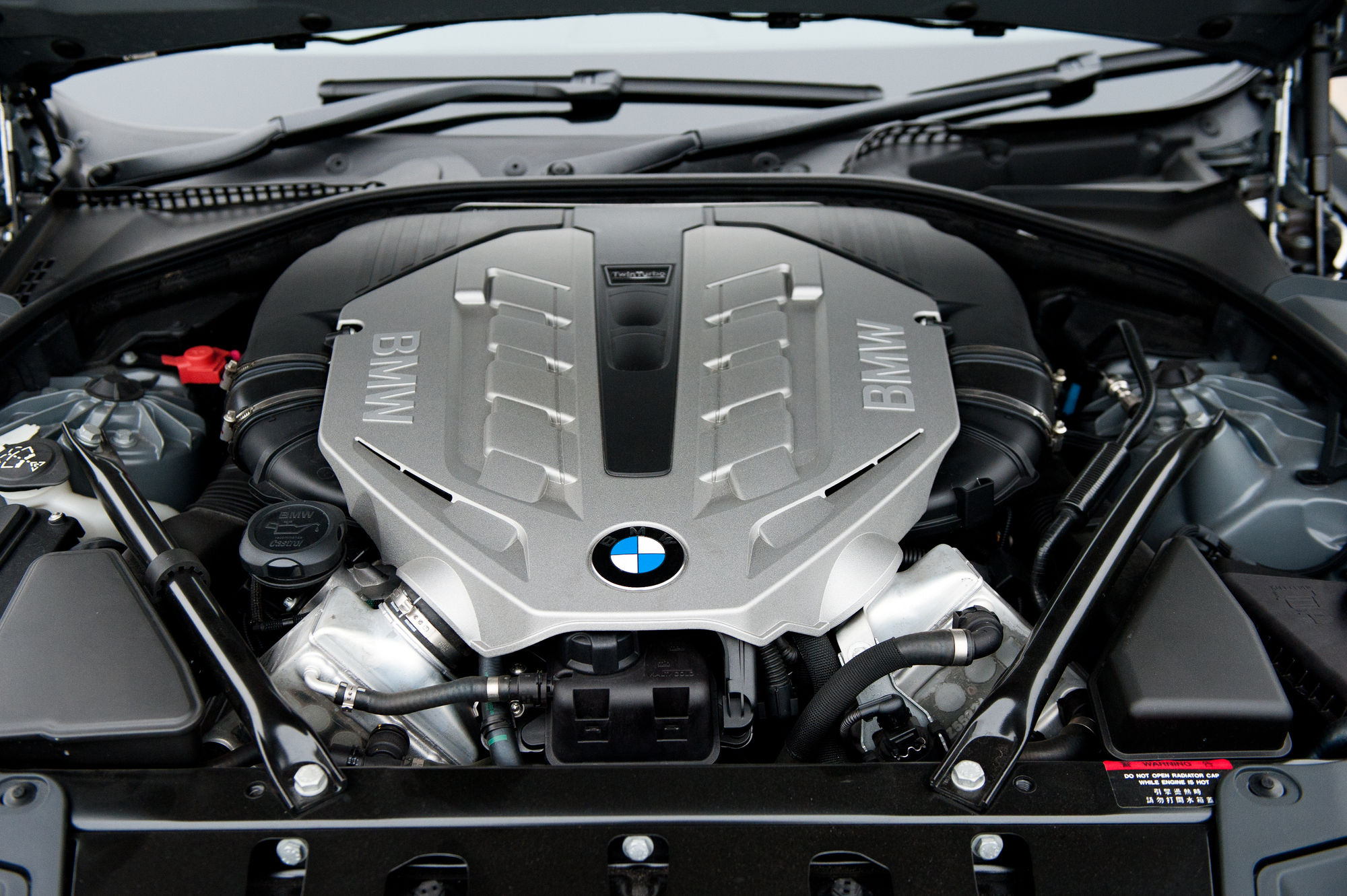Why the BMW Engine Is Considered Among the Best in Deluxe Vehicles
Why the BMW Engine Is Considered Among the Best in Deluxe Vehicles
Blog Article
Checking Out the Development of Burning Engines in Modern Transportation Equipments
As we navigate the landscape of modern transport, the advancement of burning engines stands as a testimony to human resourcefulness and design prowess. From their simple beginnings to the sophisticated powerhouses moving cars today, combustion engines have undertaken a remarkable trip of technology and adjustment. Recognizing the ins and outs of this development not only clarifies the past but also leads the means for imagining what lies ahead in the realm of transport modern technology. The interaction of history, technology, and environmental issues in forming the trajectory of burning engines creates a narrative that is both engaging and insightful.
Very Early Beginnings of Combustion Engines
Exactly how did the concept of burning engines initial arise in the early stages of transportation advancement? When the concepts of inner burning were very first explored, the origins of combustion engines can be traced back to the 17th century. In 1673, Christian Huygens conceived a basic inner combustion engine that utilized gunpowder to create power. Nevertheless, it had not been until the late 19th century that sensible applications of combustion engines in transport started to emerge.
The breakthrough minute came with the invention of the very first successful gasoline-powered engine by Karl Benz in 1885 - bmw engine. This engine led the way for the advancement of the modern-day automobile, reinventing transportation systems worldwide. Subsequent innovations by Nikolaus Otto and Gottlieb Daimler additionally improved combustion engine modern technology, leading to the automation of autos and the fast development of the transportation market
These early combustion engines were defined by their simplicity and effectiveness, laying the foundation for the complicated and powerful engines utilized in contemporary transport systems. The advancement of burning engines has actually contributed fit the means we take a trip and transport goods, marking a significant milestone in the history of transportation development.
Transition to Internal Burning Modern Technology
The change to inner burning innovation marked a pivotal change in the advancement of transport systems. This change began in the late 19th century, with inventors like Nikolaus Otto and Gottlieb Daimler creating the first successful inner burning engines. These engines reinvented transport by providing a much more powerful and efficient option to heavy steam engines and electrical motors.
One of the crucial benefits of inner burning engines was their capability to be scaled down to suit cars, resulting in the development of automobiles and bikes. This shift from bulky, stationary engines to compact, mobile ones led the way for the contemporary transport systems we see today.
The change to interior combustion modern technology likewise stimulated advancements in gas innovation, resulting in the advancement of gasoline and diesel as main fuel resources for automobiles. This change not only made transportation more accessible to the masses but additionally laid the structure for the oil and gas industry to become integral to international economies.
Effect of Combustion Engines on Transportation
The adoption of combustion engines in transport systems militarized a profound shift in the effectiveness and speed of worldwide wheelchair. Burning engines changed transport by giving a trustworthy and functional resource of power for numerous vehicles, consisting of cars, trucks, ships, and airplanes. This innovation substantially boosted the capacity for individuals and items to conform lengthy ranges in shorter timespan, leading to boosted connection between areas and nations.
Additionally, the widespread use combustion engines has actually had a considerable impact on financial advancement. The capability to carry products successfully has stimulated trade and commerce, permitting businesses to expand their markets and get to consumers worldwide. This has assisted in financial development and globalization, as products can now be transported quicker and in larger quantities than ever in the past.
Nonetheless, the environmental impact of burning engines can not be forgotten. The combustion of nonrenewable fuel sources has actually caused air pollution and greenhouse gas emissions, adding to climate change and posing wellness dangers to populations. bmw engine. Because of this, there is an expanding emphasis on creating alternate propulsion innovations to mitigate these adverse effects and develop a much more sustainable future for transport
Advancements in Combustion Engine Layout
Many developments in combustion engine layout have pushed the evolution of transport systems over the years. One noteworthy development is the development of turbocharged engines, which use exhaust gases to drive a generator that presses incoming air, permitting more gas to be scorched, leading to increased power outcome without a significant rise in engine size. Furthermore, straight injection modern technology has enhanced gas efficiency and efficiency by specifically managing the quantity and timing of fuel injected right into the burning chamber. Variable valve timing systems have actually additionally transformed engine style by maximizing air flow at various engine speeds, improving both power and performance. Another considerable innovation is the integration of lightweight products such as carbon fiber and aluminum alloys, decreasing total engine weight and enhancing car fuel economy. Moreover, innovations in computer-aided design have allowed engineers to maximize engine performance and efficiency through More hints simulations before physical models are built, conserving time and resources in the advancement procedure. These technologies click to read more jointly add to the continual renovation of burning engines in contemporary transport systems.
Future Trends in Combustion Engine Growth
With innovation developments driving continuous technology, the future of combustion engine development is positioned to transform transportation systems around the world. Among the crucial trends in burning engine growth is the push in the direction of better effectiveness and decreased emissions. Manufacturers are investing heavily in r & d to improve engine performance while fulfilling stringent ecological guidelines. This includes the assimilation of innovative gas injection systems, improved turbocharging techniques, and making use of lightweight products to optimize gas consumption and minimize carbon exhausts.
An additional popular pattern is the fostering of hybrid innovations in burning engines. Crossbreed engines combine conventional combustion modern technology with electric power, using boosted gas effectiveness and reduced exhausts. As the automotive market changes towards electrification, hybrid combustion engines are seen as a transitional option that links the void in between conventional cars and completely electrical ones.
In addition, the integration of smart innovations, such as man-made knowledge and information analytics, is anticipated to play a significant role in the future of combustion engine advancement. These modern technologies can maximize engine efficiency in real-time, leading to more effective combustion processes and improved total car efficiency. Embracing these future trends will not websites just drive technology in burning engine growth but likewise add to a more eco friendly and sustainable transport ecological community.

Conclusion
In conclusion, the evolution of burning engines in contemporary transportation systems has been noted by considerable developments in technology and layout. From the early beginnings of burning engines to the shift to internal combustion modern technology, these engines have actually had a profound impact on transportation.
The origins of burning engines can be traced back to the 17th century when the principles of inner combustion were first discovered. These engines reinvented transportation by offering a more reliable and powerful option to vapor engines and electrical motors.

Report this page